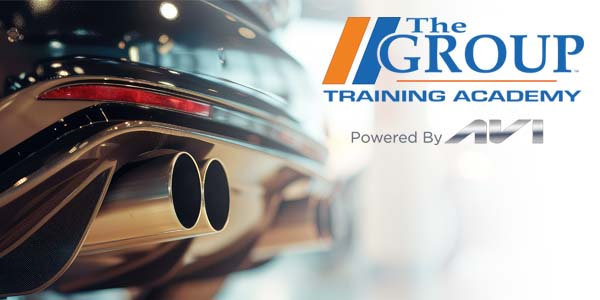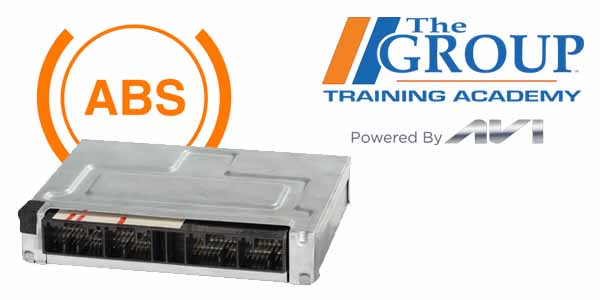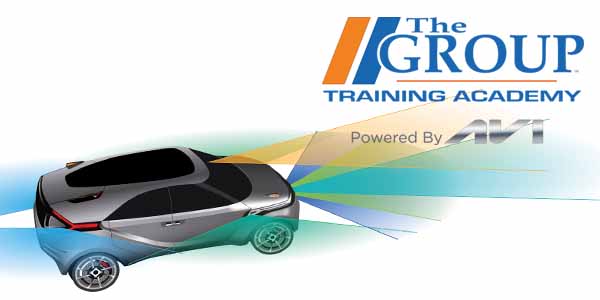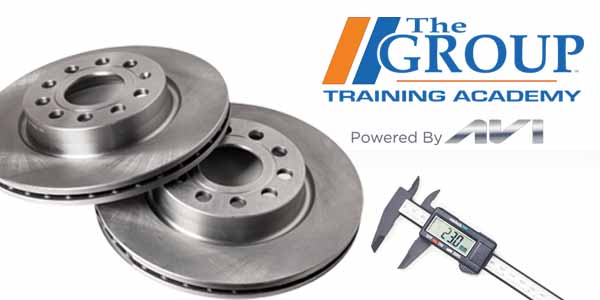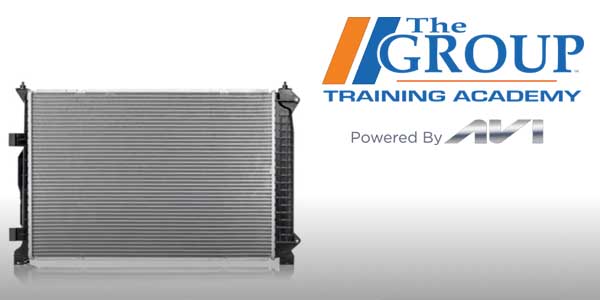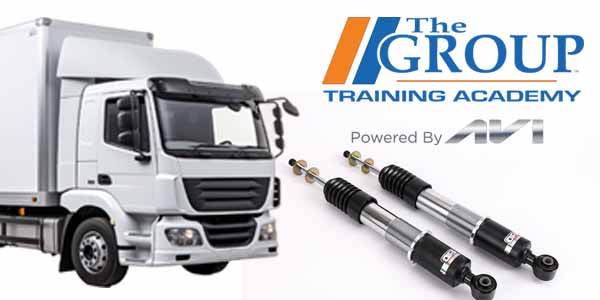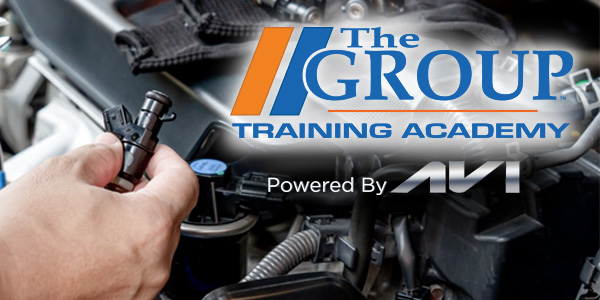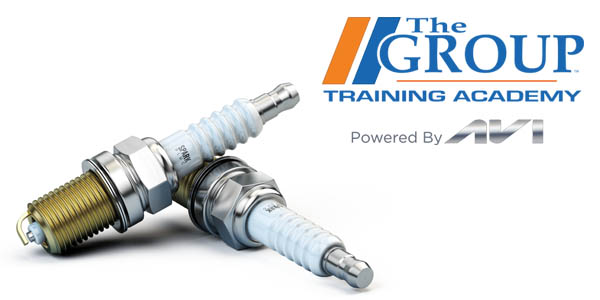CC:
You just sold a shop a remanufactured transmission, and now they are saying it’s not working. After installing it in the vehicle, what questions should you ask before they remove the transmission for a return? Simple. Did you program the transmission control module? Most remanufactured transmissions do not come. This is because the remanufacturer does not know the vehicle the transmission is going into. Most transmissions require that the control module is programmed on the vehicle. Some shops may not realize they need to perform this critical last step. A modern transmission is connected to multiple modules on the vehicle. It communicates with the engine and the a BS on the high speed network. The protocols or language of the network uses OEM and vehicle specific data like the VIN and vehicle configuration for options. This data or firmware is written specifically for the vehicle by the OEM. Another task programming the transmission does is clearing existing adaptations for the old transmission.
These adaptations modify the calibrated values for how the transmission shifts and the condition of the transmission fluid. If a shop fails to reset the adaptations, the shifts of the new transmission might be harsh or slim. Some shops might think they can just transfer the old control module from the old transmission. The problem with this approach is that the control module might be buried deep inside the transmissions valve body when they remove the pan and start poking around in the new transmission, the warranty that would’ve been passed on to the vehicle’s owner is voided. There are a few ways to program the transmission control module. A shop could outsource the job to a programming specialist. Some diagnostic tool manufacturers have remote programming solutions that can do the programming. For a per job fee, all you have to do is connect the vehicle to a box. The last option is to invest in the tools to reflash vehicles. These typically include a PC J 2 5 34 compatible interface and a host of other considerations including a stable internet connection and a way to maintain power during the programming procedure. The next time a shop claims the transmission they purchased is defective. Ask them if they have reprogrammed the transmission control module before they send it back to you for warranty. Thanks and have a great day.
This video is sponsored by The Group Training Academy

